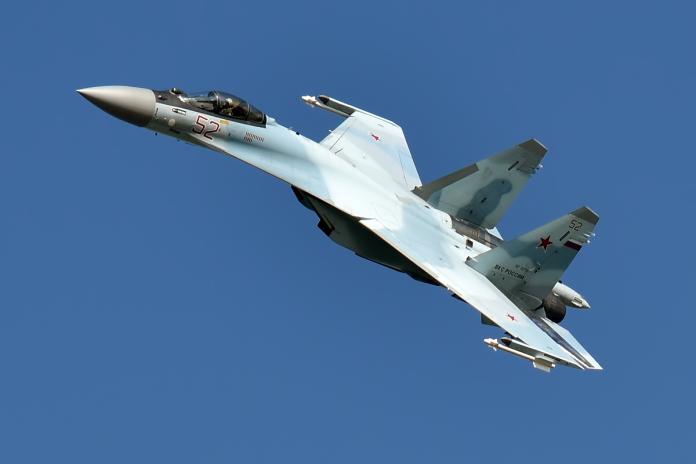
What happens when one nation’s best non-stealth fighter matches the performance of America’s top fourth-generation jets? For the U.S. Air Force, that’s a question answered by the Russian Su-35. It is not a stealth plane but rather one that combines extreme agility, long-range weaponry, and advanced electronic warfare in a package that refuses to be dismissed.
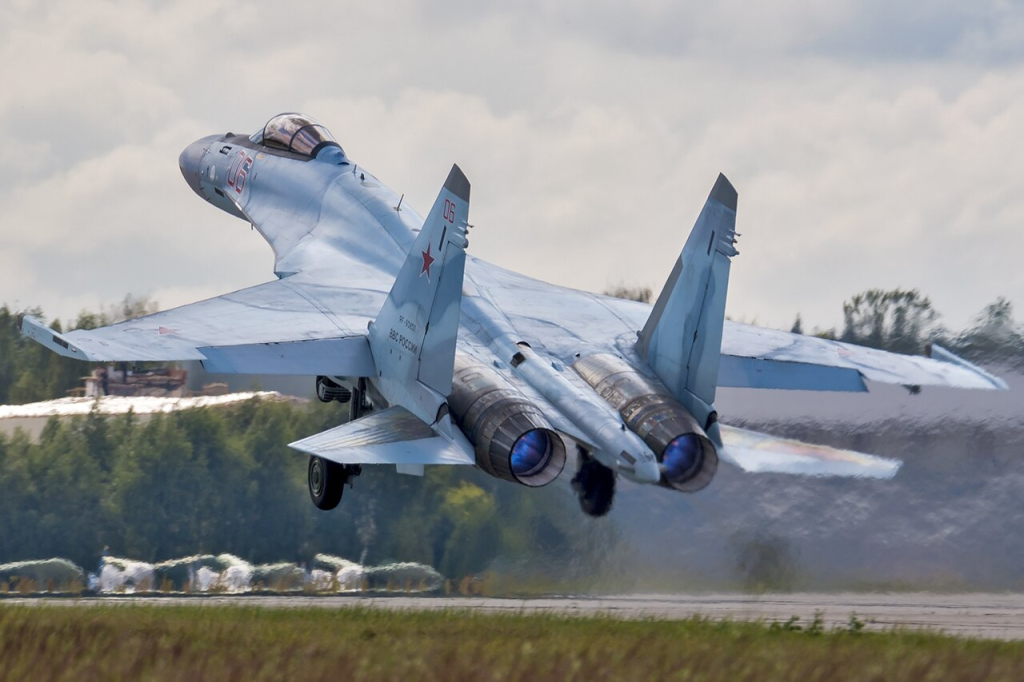
But the story of the Su-35 is more than just an engineering tale: It is a snapshot of the Russian defense industry under sanctions, a case study in export market collapse, and a reminder that there’s more to capability than stealth coatings. The following list outlines the most compelling aspects of the Su-35 program-from its Cold War roots to its modern combat record-and explains why it still matters to Western air planners.
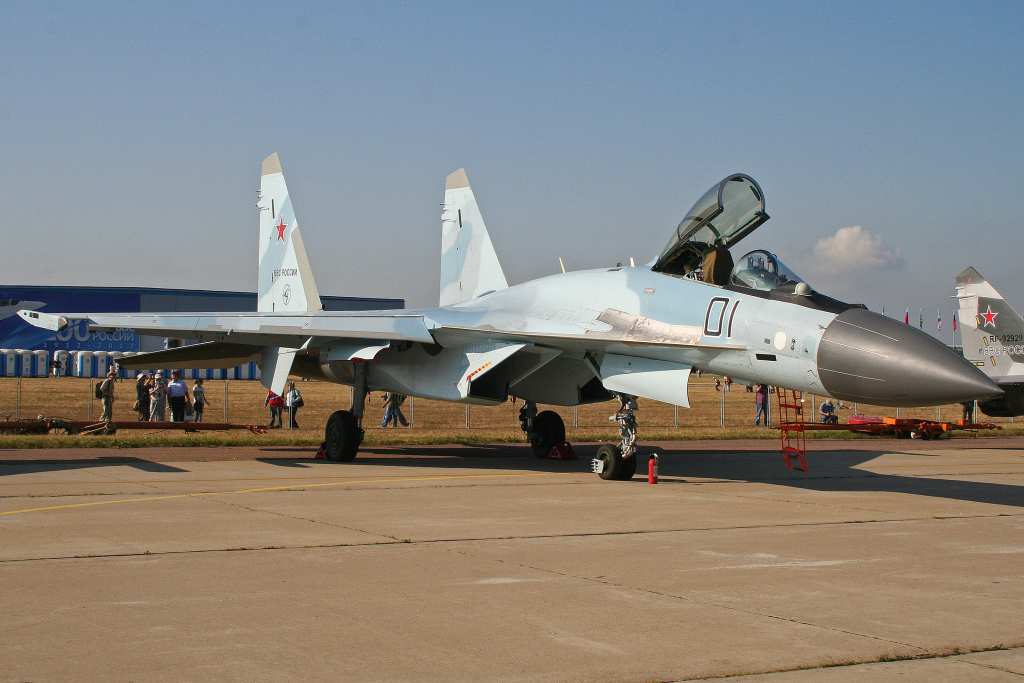
1. From Flanker to Flanker-E: Evolution of a Heavyweight
The Su-35 started as an ambitious upgrade of the Soviet Su-27, to counter the U.S. F-15 Eagle. The early prototypes received the designation T-10M in the 1980s, promising better agility and avionics, but stalled following the collapse of the Soviet Union. Sukhoi revived the concept in the 2000s as a 4.5-generation fighter to fill the gap until the Su-57 stealth jet matured.
Externally, the Su-35S is little different from earlier Flanker family models with its broad fuselage and twin-tail silhouette, but this is a significantly different production model inside. Composite materials reduce its weight, while aerodynamics have been improved. Saturn AL-41F1S engines feature thrust-vectoring nozzles that allow for sustained 9G turns and high angles of attack. Capable of long-range escort, high-altitude patrol, and standoff strike, it outmaneuvers most non-stealth rivals.

2. Combat Systems and Sensors: Power with Caveats
The N035 Irbis-E radar fitted to the Su-35 can detect large targets out to as much as 350 km, according to the Russian sources. Air-to-air and air-to-surface modes are supported for multi-mission flexibility. The fighter also integrates an infrared search and track system, giving it passive detection advantages-at least until Western fighters field comparable pods.
In close combat, three-dimensional thrust vectoring gives the Su-35 an advantage in low-speed maneuvering. Modern helmet-mounted cueing systems and high off-boresight missiles have turned such encounters into mutual-kill scenarios, analysts note. At longer ranges, U.S. AESA radars still outclass the Irbis-E, but the Su-35’s electronic warfare suite can complicate AMRAAM engagements, forcing more missiles to be fired per kill.
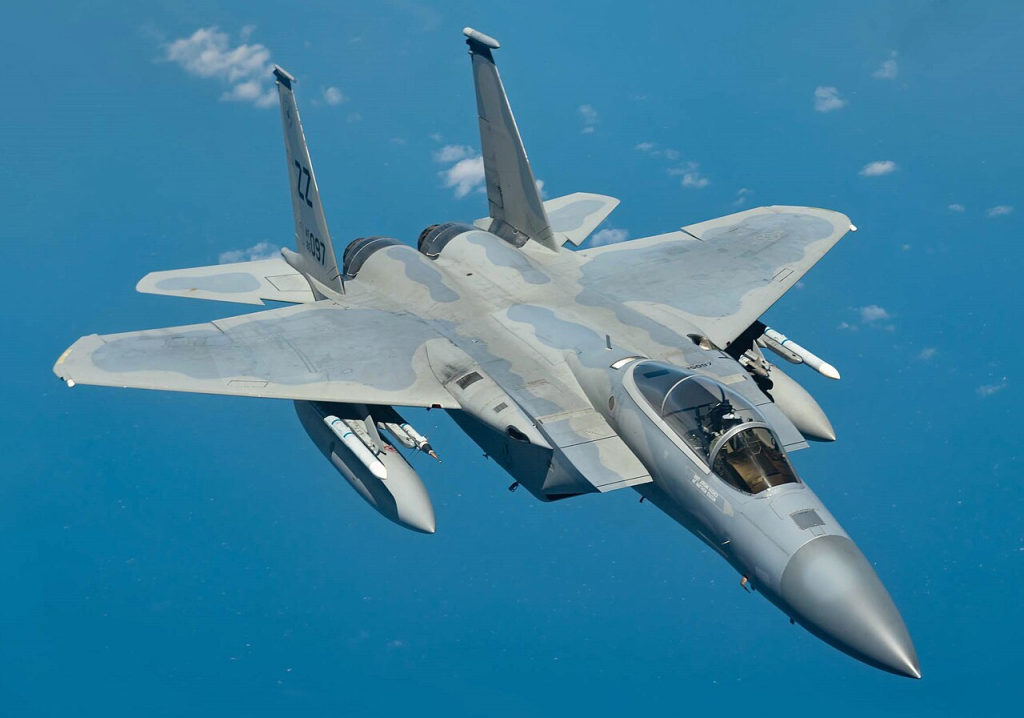
3. A Match for the Eagle-Under the Right Conditions
The Su-35’s performance invites direct comparison with that of the F-15C – it accelerates quicker due to its powerful twin engines and is capable of supersonic cruise without afterburners when lightly loaded; in low-speed dogfighting, it is without peer.
Yet the F-15’s APG-63(v)3 and APG-82(v)1 radars offer better detection and tracking at range. Where the Su-35 may hold an advantage is in its digital radio frequency memory jamming suite, which can degrade incoming missile performance. As The National Interest observed, the U.S. Air Force is investing $7.6 billion in the Eagle Passive/Active Warning and Survivability System to close this gap.

4. Export High Point: China’s $2.5 Billion Deal
China became the only significant foreign customer for the Su-35, with an order for 24 placed in 2015. Deliveries from 2016 to 2019 provided the PLAAF with extended-range Flankers and exposed it to Russian engine and radar systems. Those systems informed later Chinese designs, including the J-16 and stealth J-20.
This deal represented a watershed in Sino-Russian defence relations but also the last of its type. Given that China currently produces five times as many fighters every year compared to Russia, and given that it is also improving on its own designs, additional orders are unlikely.

5. CAATSA and the Collapse of the Export Market
The 2017 Countering America’s Adversaries Through Sanctions Act, or CAATSA, proved devastating to Russian fighter exports. With the law threatening sanctions on countries buying major Russian systems, Egypt canceled its order for 24 Su-35s and Indonesia pulled out of an 11-aircraft deal. Even preliminary talks with nations like Serbia and the Philippines evaporated.
And as described in RAND research, U.S. diplomatic engagement paired with the threat of sanctions has a chilling effect, especially when buyers have access to competitive alternatives like the Rafale, F-16 Block 70/72, or Gripen.
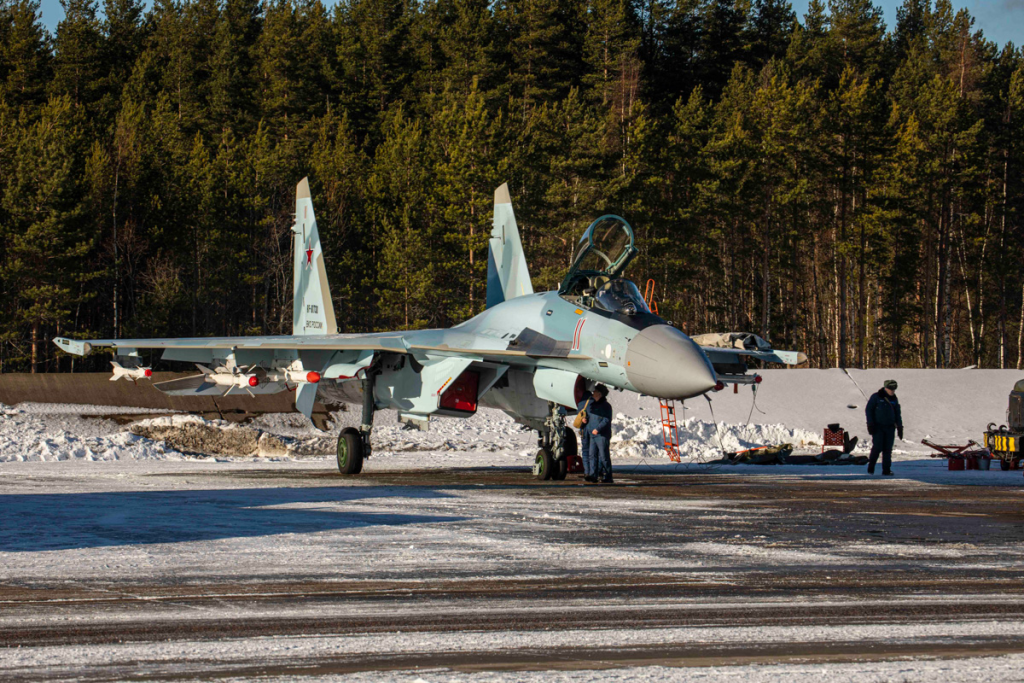
6. Production Under Pressure
Despite sanctions and war in Ukraine, the Komsomolsk-on-Amur Aircraft Plant continued to deliver batches of Su-35Ss to the Aerospace Forces. Top managers of Rostec underline the multi-mission capability of the fighter and its missile loadout, emphasizing it as one of the most effective combat aircraft in the world. However, open-source monitoring by Oryx suggests at least eight Su-35S losses since February 2022. Annual fighter deliveries across all types are estimated at just 20–30 units per year, which limits export availability and constrains fleet renewal.
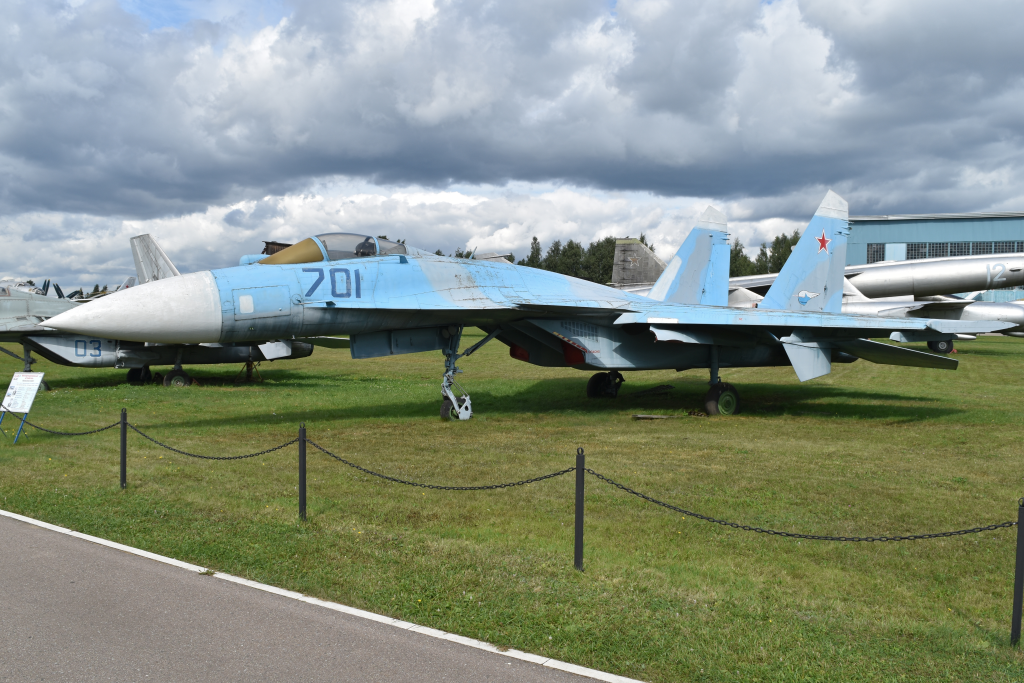
7. Strategic Implications for the West
The Su-35 serves to remind NATO air planners that not all threats are stealth-shaped, and in the hands of a well-trained operator, supported by AWACS, it can pose a challenge to Western fourth-generation fighters and complicate air superiority campaigns. The fact that it is still in production under wartime sanctions proves that Russia’s defense industry has retained some resilience. With its range, electronic warfare capabilities, and agility, the aircraft would be impossible to ignore even while the Su-57 is slowly entering service.
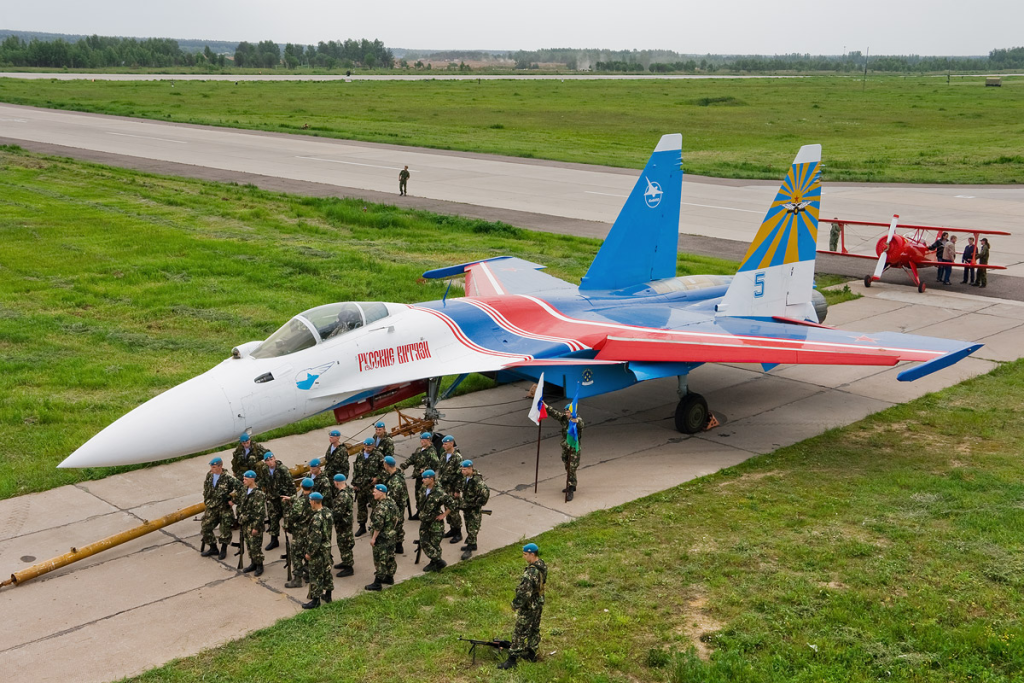
The progress from an off-the-shelf Cold War derivative to the top non-stealth fighter of Russia testifies both to the adaptability of the Flanker design and to the geopolitics molding modern airpower. The Su-35 is far from invincible; neither is it obsolete. The takeaway for the U.S. Air Force and allies is crystal clear: technologically, overmatch cannot be assumed-and even legacy airframes can provide a serious challenge in the right context if modernized.
